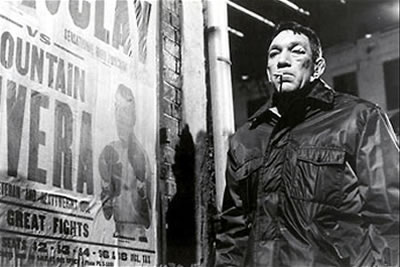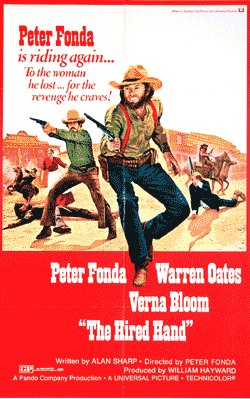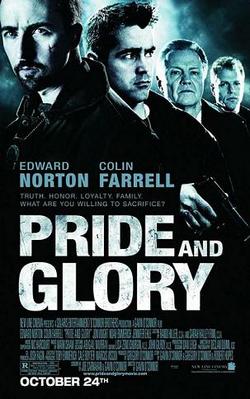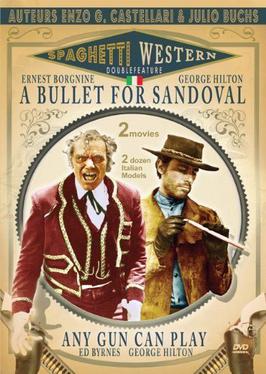 Sports movies have covered a wide variety of topics over the years. The genre's got so many stories that anything from comedy to serious drama to thriller can be handled within a sports story. A forerunner of sorts for Martin Scorcese's Raging Bull, 1962's Requiem for a Heavyweight is a sports movie that may seem like something you've seen before, but that's because it was an original, a movie that set the stage for other similar movies to come along.
Sports movies have covered a wide variety of topics over the years. The genre's got so many stories that anything from comedy to serious drama to thriller can be handled within a sports story. A forerunner of sorts for Martin Scorcese's Raging Bull, 1962's Requiem for a Heavyweight is a sports movie that may seem like something you've seen before, but that's because it was an original, a movie that set the stage for other similar movies to come along.In a fight with Cassius Clay, veteran boxer Luis 'Mountain' Rivera (Anthony Quinn) takes quite a beating before being knocked out late in the 7th round. It's after the fight a doctor tells Mountain that he's done. A couple more punches to the head and he may lose his eyesight completely. So what to do now? Boxing is all Rivera's known, and after 17 years in the ring he's now forced to look for something new, a completely different career. He might have found an answer in Grace Miller (a great supporting part for Julie Harris), a social worker who sees the potential Mountain has.
Released in 1962, director Ralph Nelson's movie could have been straight out of the late 40s when film noir was at the top of its game. If I hadn't seen the release date, I would have said it was film noir, maybe running in a double feature with 1949's The Set-Up with Robert Ryan. Filmed in black and white, almost every scene is full of shadows and characters sitting in the darkness.
Not a 'name' director, Nelson had a string of moderate successes in the 1960s and 1970s but never became a huge star. Too bad because of the movies I've seen, he was a talented man behind the camera. He had an eye for the visual and wasn't just content to point the camera at the actors and shoot. Nelson thinks outside the box with Requiem, making shots that could have been ordinary something memorable. The movie opens through the eyes of Mountain as he's pummeled by Clay. The scene goes on for several minutes as he wakes up and groggily walks from the ring with his manager and cut-man. The technique is repeated in the finale and is used equally as effective.
But what most movies come down to isn't how the director shoots scenes or even the storyline, it can be all about the actors. The three main leads make this movie, especially Quinn as Mountain Rivera. How he wasn't nominated for his performance here by the Academy escapes me. In a career of making countless characters come to life, this is one of his best. Rivera is a kid in a man's body that's taken years of abuse in the ring. He's still got an innocence to him, and he trusts those around him, even when everything points to doing just the opposite. Truly one of Quinn's finest performances.
Right behind him are Jackie Gleason and Mickey Rooney as Maish Remmick, Mountain's manager, and Army, his cut-man who's taken his own share of abuse in the ring. Maish at one time probably had Mountain's best interest at heart but now with his fighter's ability declining, he makes a decision that could tear them apart. Gleason makes the character both sympathetic and despicable depending on which scene you look at. After coming into the public eye as Judy Garland's boyfriend, Rooney shows how good an actor he was. Like a big brother, Army looks out for Mountain's well-being when no one else does. This trio has a history together that goes back many years, and it's a credit to the three actors for making it believable.
At under 90 minutes, this isn't a long movie, but in a short time the audience feels like you've gotten to know the characters and their history and relationships. It all builds to a heartbreaking ending for Mountain, one that shows the true colors of the character. He's a boxer who's best days have passed him by, but that doesn't mean he still can't help those around him. One of the best and underappreciated movies to come out of the sports genre with a great performance from Quinn. With a screenplay from The Twilight Zone's Rod Serling, it's about as can't miss as a movie can be.
Requiem for a Heavyweight <---trailer (1962): *** 1/2 /****









